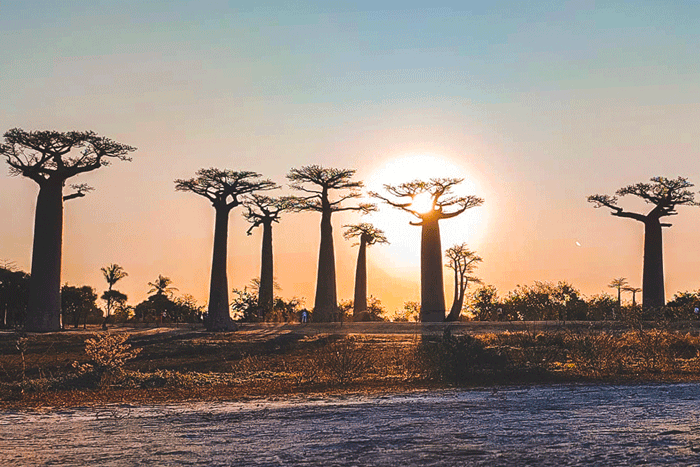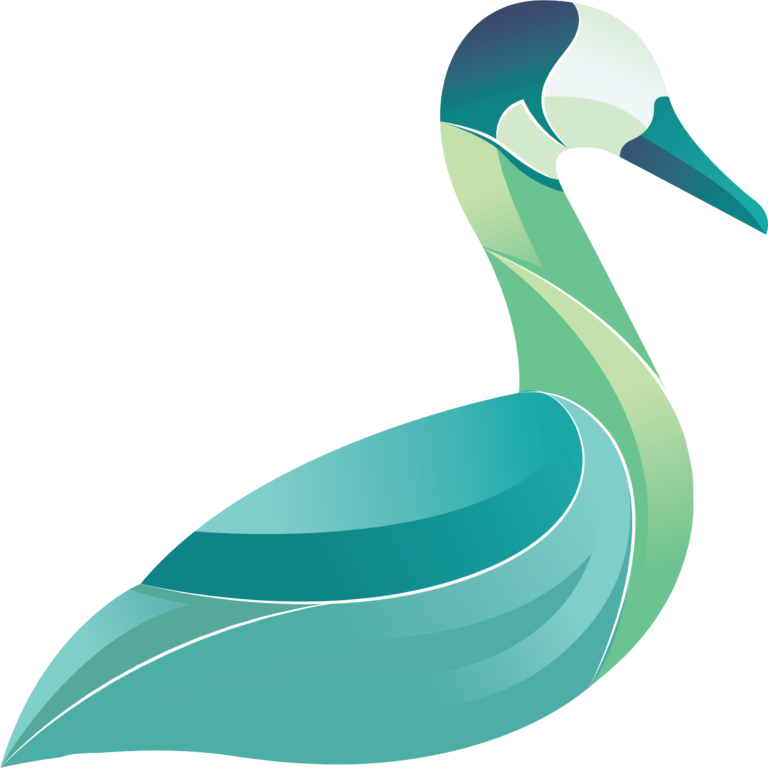Whalewatching in Madagascar
Every year, humpback whales (Megaptera novaeangliae) migrate to the coast of Madagascar between June and September. During this period, they leave the cold waters of Antarctica for the warmer, calmer waters of Madagascar, ideal for breeding and rearing their calves. This migration also offers tourists an excellent way to see the calves imitate their mother’s movements as they take their first “steps”.
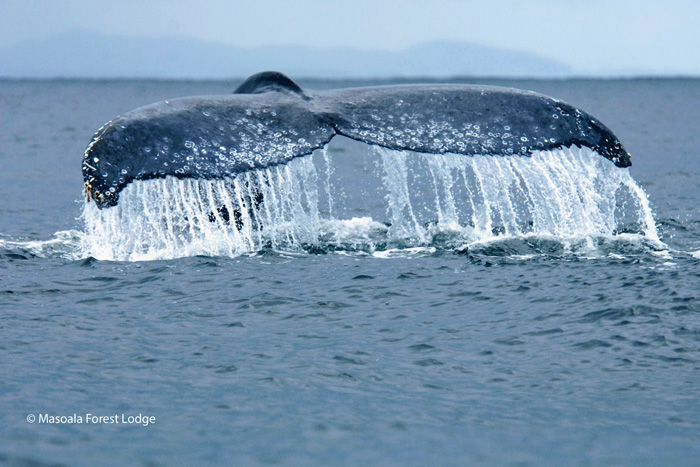
Best Whale Watching Sites in Madagascar
Isle of Sainte-Marie (Nosy Boraha) : This is one of the best whale-watching spots in Madagascar. The waters around this island are a major breeding ground for humpback whales. Every year, with the arrival of the whales, Sainte-Marie Island organizes a festival, the “Festival des Baleines”, and community activities for the benefit of tourists.
Nosy Be : This popular island also offers interesting whale-watching spots, particularly around Ambaro Bay. In addition to humpback whales, it is possible to go on excursions or scuba dives to observe “Whale sharks” between September and November, and “Manta rays” from April to mid-July and mid-September to November.
Fort-Dauphin (Taolagnaro) : Located in the south-east of Madagascar, this region is also ideal for whale-watching close to the coast. From June to October, hundreds of humpback whales gather in the warm waters of Fort-Dauphin and the surrounding area, and local operators offer trips out to sea to observe them up close and hear their songs.
Baie d’Antongil : This bay, located near Masoala, is another major whale-watching site in Madagascar. You can enjoy a relaxing vacation including whale watching organized by our partner, Masoala Forest Lodge.
Whale Watching Tips
Choose the right period : Plan your trip between June and September to maximize your chances of seeing whales.
Responsible excursions : Opt for excursions with responsible operators who respect whale-watching rules and contribute to their protection. The CETAMADA Association is the association responsible for the conservation and protection of its mammals, they regularly speak at conferences and workshops to present Madagascar's different marine mammals and the issues involved in their conservation.
Equipment : Bring binoculars for a close-up view and a camera with a good zoom.
Preparation: Conditions at sea can change. Bring warm, waterproof clothing and anti-seasickness medication if necessary.
Contribute to Conservation
Maintain a respectful distance from the whales and follow the instructions of your local guide. The association has drawn up a code of conduct for responsible and respectful observation of marine mammals (such as humpback whales and dolphins). Guides are specially trained for this purpose.
It is important to avoid littering and using chemicals that could damage the marine environment.
By participating in whale-watching excursions, you are supporting local economies and whale conservation efforts. The Cétamada organization is also committed to promoting the development of economic activities linked to Madagascar's marine mammals, in particular humpback whales. The association's community center offers free training in local crafts and skills development. By taking part in these activities, you are making a significant contribution to the local population.
In addition, some excursions donate part of their profits to marine conservation projects, thus actively contributing to the protection of the marine environment.
Need assistance?
Do not hesitate to contact our Madagascar specialists
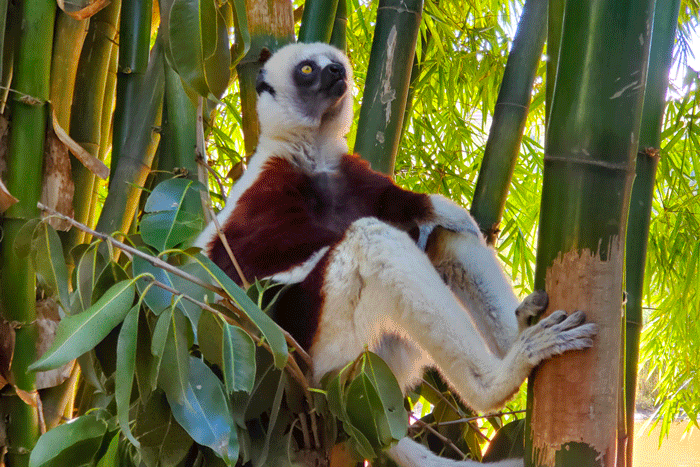
Lemurs Meeting
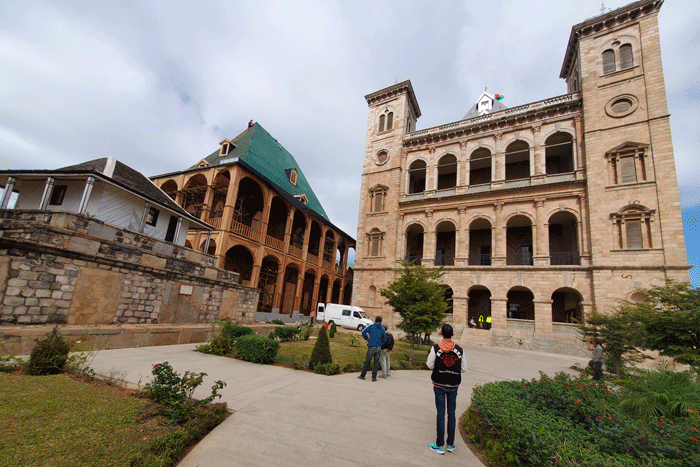
Antananarivo day tour
Other travel guides that may help you
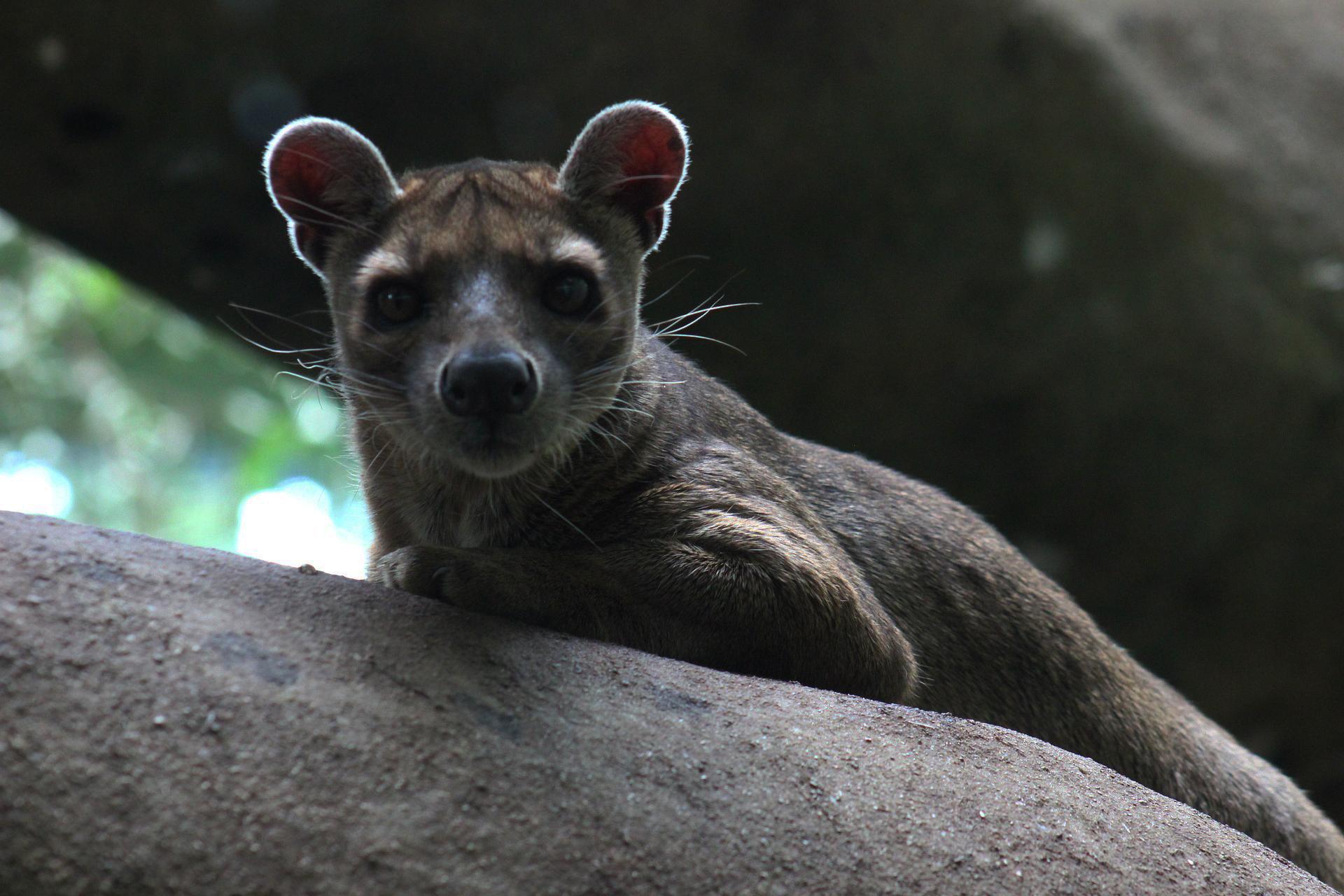
Madagascar's carnivores
Madagascar, an island renowned for its biodiversity, is home to an exceptional variety of carnivores.

Madagascar's lemurs
Lemurs are primates found only in Madagascar. They are distinguished by their large, expressive eyes.
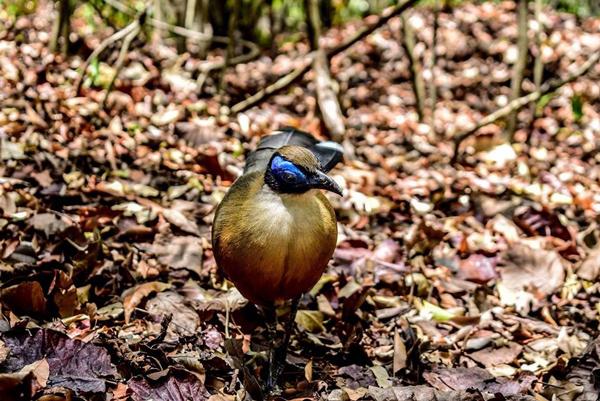
Madagascar's birds
Madagascar is home to more than 280 species of birds, although not as many as in other countries.

